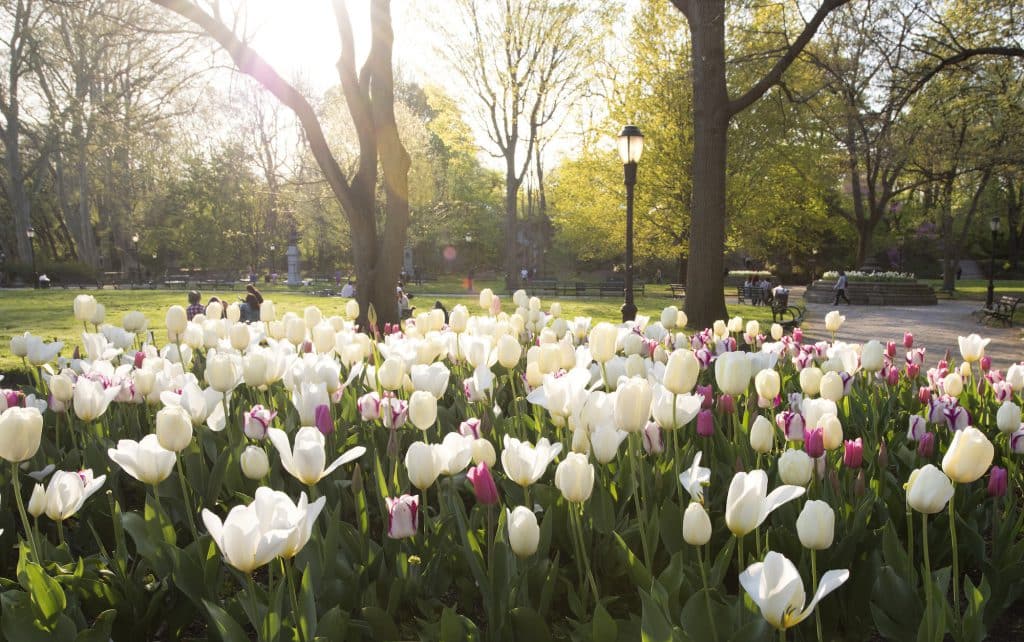PPA Profiles: Iris Weinshall and Chuck Schumer Reflect on 30 Years of Prospect Park Alliance
November 16, 2017
Iris Weinshall and U.S. Senator Chuck Schumer have many accolades to their names. Weinshall is the Chief Operating Officer of The New York Public Library and the former commissioner of the NYC Department of Transportation. Senator Schumer is the senior United States senator from New York and the current Senate minority leader. Schumer served New York in the House of Representatives from 1981 to 1999, and before that he was a three-term member of the New York State Assembly.
Another notable accomplishment: Weinshall is the Chair of the Board of Directors of Prospect Park Alliance and both Weinshall and Schumer are passionate advocates of Brooklyn’s Prospect Park.
“There is nothing more beautiful in the morning than seeing all the people exercising and enjoying Prospect Park,” says Weinshall. “This really is one of New York’s gems.”
“There’s no entrance fee to Prospect Park,” muses Schumer, “and everybody comes from different backgrounds: economic, ethnic, racial, religious, gender and orientation. I sometimes just walk through the Park and stop and talk to people—you meet everybody. Every part of New York comes here.”
Both Weinshall and Schumer are locals, born and raised in Brooklyn and now living across the street from the Park. “I remember going sledding as a little boy,” says Schumer. “We didn’t live near the Park. We lived in southern Brooklyn, but as a treat, my father would drive us to Prospect Park, and we’d go sledding. And then we did it with our kids.”
The couple married in 1980, and started a family in Brooklyn. “Chuck and I raised our two daughters in Park Slope, and we spent a lot of hours in Prospect Park. Both our daughters played soccer and softball,” says Weinshall. “When I walk around the Park in the spring and summer, and I see those softball games happening, it brings back fond memories for me of when our kids were growing up.”
In 2007, Weinshall joined Prospect Park Alliance’s Board of Directors, and in 2014 was elected Chair of the Board, a position she holds today.
In 2017, Prospect Park Alliance celebrates two anniversaries: the 150th anniversary of Prospect Park, and the 30th anniversary of Prospect Park Alliance. “To celebrate the 150th anniversary of Prospect Park is remarkable. The Park’s forefathers really had the vision for what they wanted Brooklyn to be,” says Weinshall.
“I suppose 150 years ago when this Park was first built, people wondered what would be future of this Park, would it deteriorate like so many other things? But it’s probably even more beautiful and more well-used today than it has ever been,” adds Schumer. “Prospect Park Alliance, chaired very ably, has done an amazing job keeping up the Park and getting the surrounding communities involved. And my wish is very simple: that the next 150 years be every bit as good as these 150 years have been.”
“For Prospect Park Alliance, it’s been a great 30 years,” says Weinshall. “We’ve really accomplished a lot, and we will continue to serve not only this Park, but this community.”


